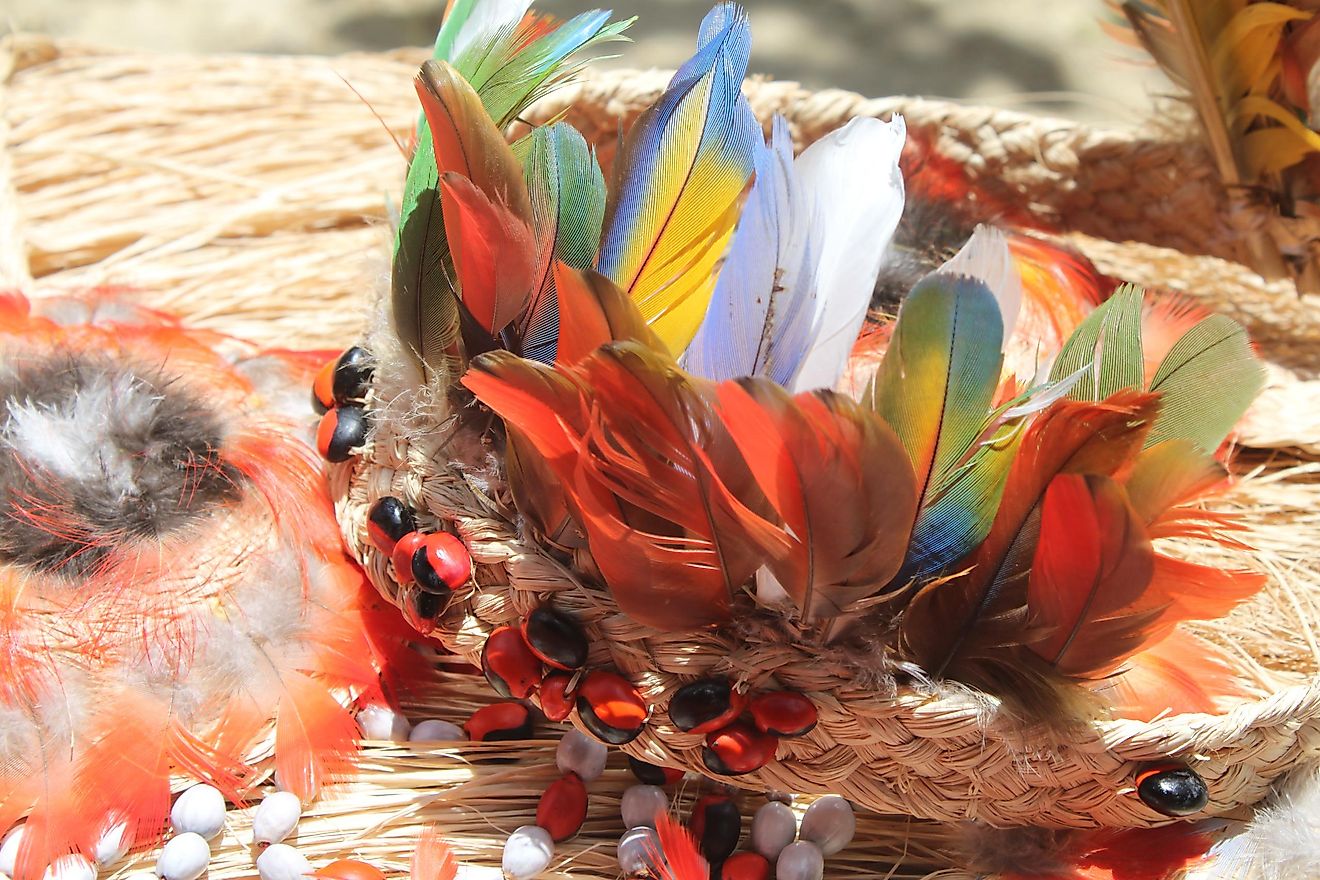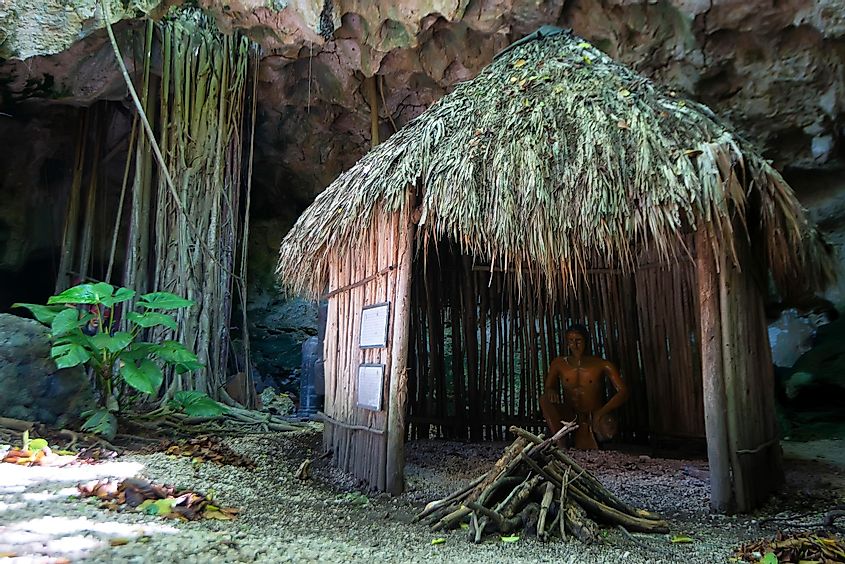The Arawak Peoples

- The Arawak people intermarried with other racial groups, but approximately 15,000 people identify as Arawak today.
- When the Spanish colonizers came, many Arawak people were killed by disease or violence.
- Polygamy may have been common among the Arawak people.
The Arawak are a group of peoples Indigenous to the Caribbean and South America. They are believed to have originally been from the Orinoco River basin in Venezuela. This once vibrant community had an estimated population in the millions until the Spanish conquistadors came along. Over the years, the name “Arawak” was also used for the Taíno (Caribbean) and Lokono (South America) peoples. The Arawak people, who spoke Arawakan languages, were mostly wiped out by new illnesses and violence and enslavement by the Spanish explorers.
Intermarriage between the Taíno or Lokono and the Spanish gave rise to the mestizo population, who further mixed with Africans brought to the Caribbean through the international slave trade. Because of this, the number of descendants of the Arawak peoples is unclear. However, some 15,000 self-identify as Lokono or Taíno, which is a shadow of what they once were. Most live in Guyana, Venezuela and Suriname and a small percentage in other countries.
Culture Of The Arawak People

Arawak groups were small and each group had a leader known as a Cacique. As is the case with many ancient cultures, some Arawak peoples likely practiced polygamy, where men and sometimes women had more than one partner. The Cacique, by virtue of his status, had more wives. In fact, it was considered an honor for a woman to be married to the Cacique. In some cases, the men stayed separately from the women and the children. The Cacique’s family lived in rectangular houses while the common people stayed in rounded huts.
When the Spanish arrived, Arawakan languages were widely spoken in the Caribbean and in South America. Even as they have faded over the years, the Spanish language adopted some words, which then made their way into English and other European languages. Examples of these words include iguana, barbecue and hammock.
For food, the Arawak people practiced a lot of agriculture, fishing, and hunting. Hunting, which was done by men, provided meat from animals like birds, iguanas, capybara, and snakes. The people practiced agriculture known as Conuco that provided food like cassava, sweet potatoes, beans, and other foods.
The Arawak people generally did not wear much clothing. For the men, most wore nothing, while a loincloth was enough for the women to cover the genitals. However, forms of body decoration such as painting and jewelry were common. When the Spanish came, however, all this changed as they were forced to adopt clothing.







